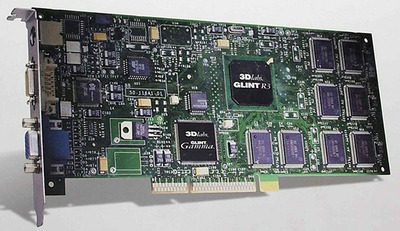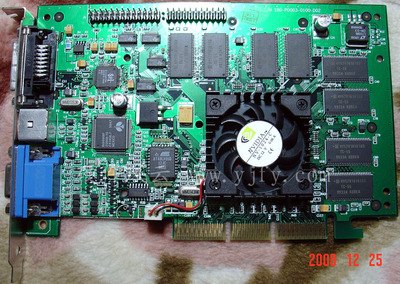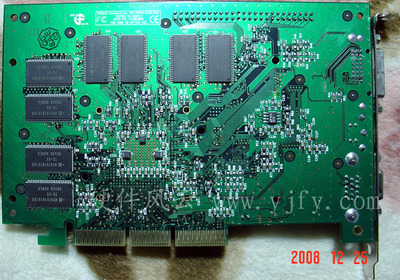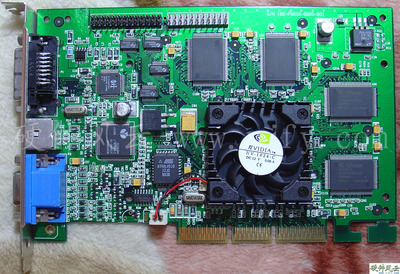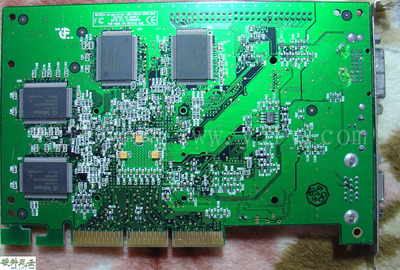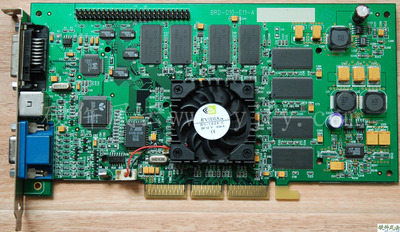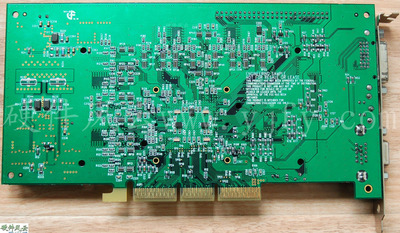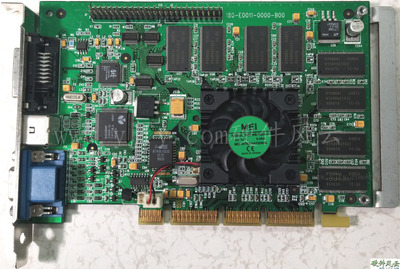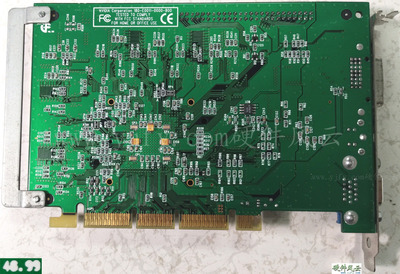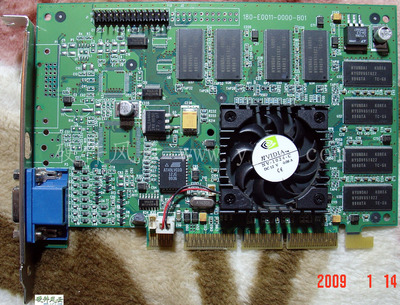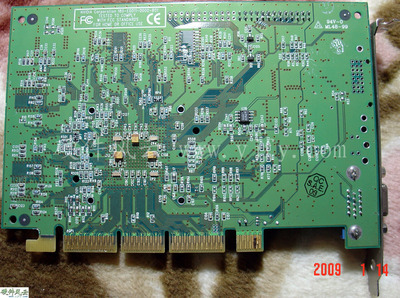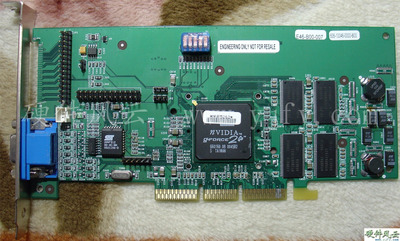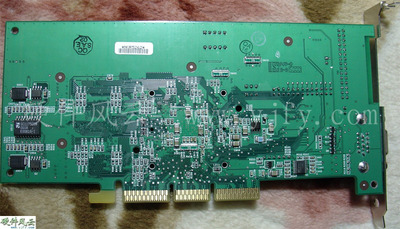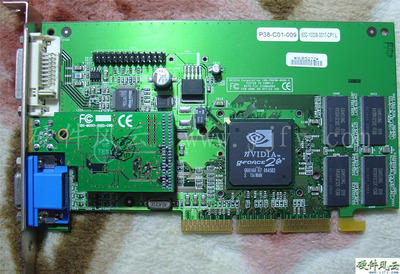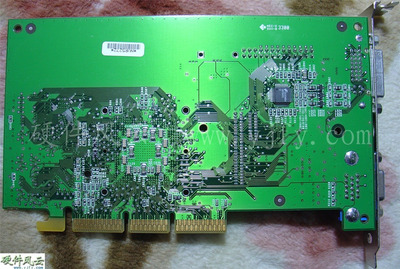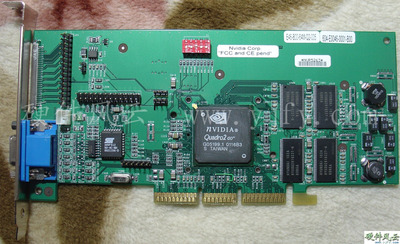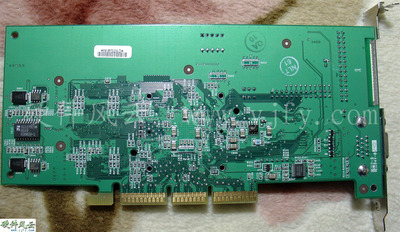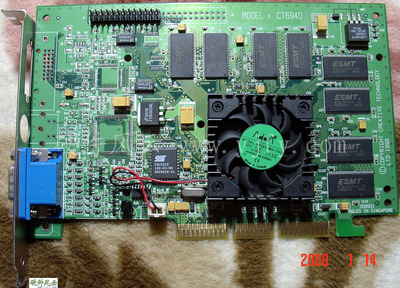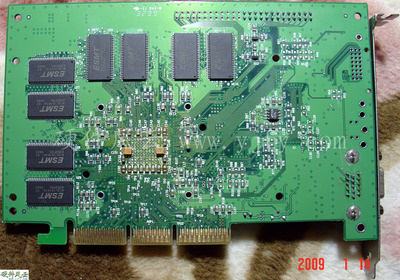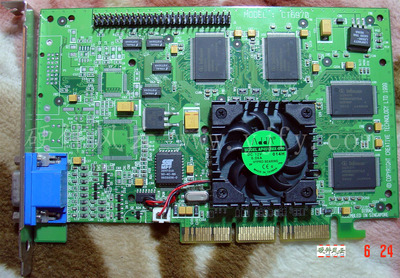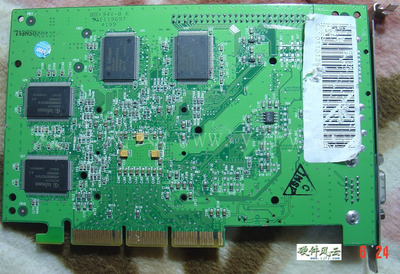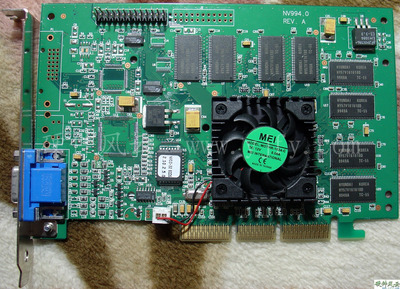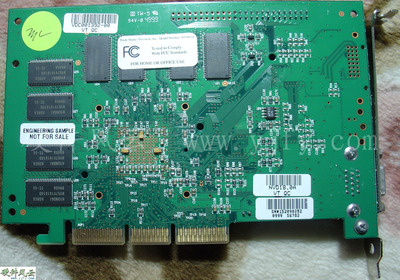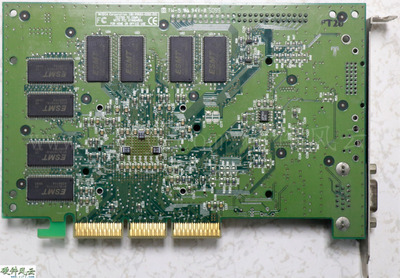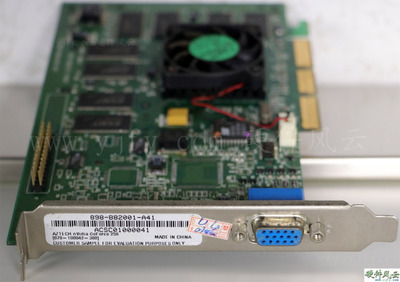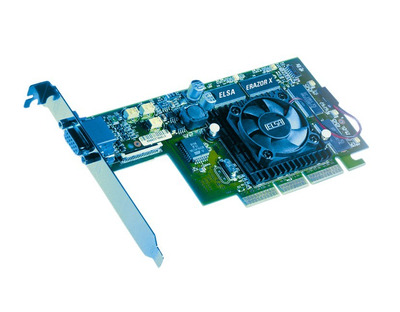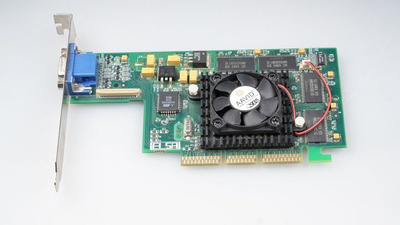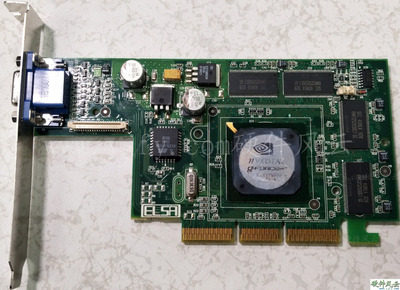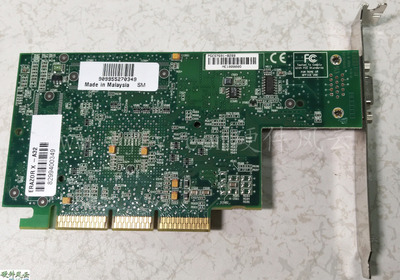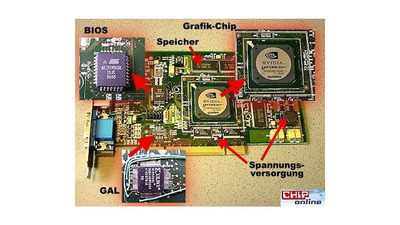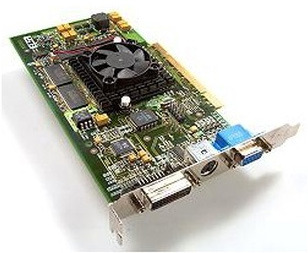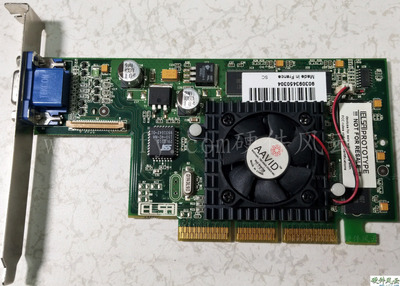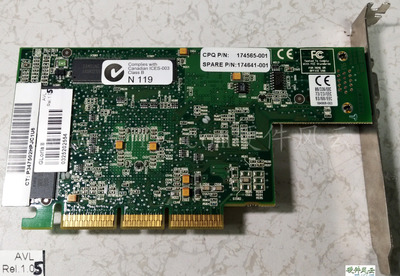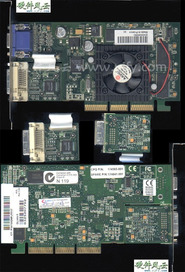First post, by yjfy
Feast of the first generation GPU
yjfy
nVIDIA First to Integrate Hardware T & L (Transform and Lighting)into Geforce 256 Graphics Core,Geforce 256 was marketed as “The world's first GPU”, or “Graphics Processing Unit".Announced on August 31, 1999 and released on October 11, 1999.This is the original origin of the GPU name, but now the Graphics chip is collectively called GPU.
In fact, Geforce 256 won the title of "The world's first GPU" is very difficult, because there are two opponents in front of it.
May 11, 1999 ,3Dlabs announced the Oxygen GVX1, workstation graphics card.The GVX1 does not take nVIDIA's more cost-effective route of integrating hardware T&L support into the core.this using GLINT R3(Permedia 3) and one external chip ,this chip is GLINT Gamma G1, Geometry Processor.The GLINT Gamma G1 is capable of processing 4.75 million triangles per second,Geforce 256 is capable of up to 15 million triangles per second.
Although Oxygen GVX1 is a hardware T & L graphics card before Geforce 256, but they were not integrated into the graphics core.
Oxygen GVX1 Engineering sample
